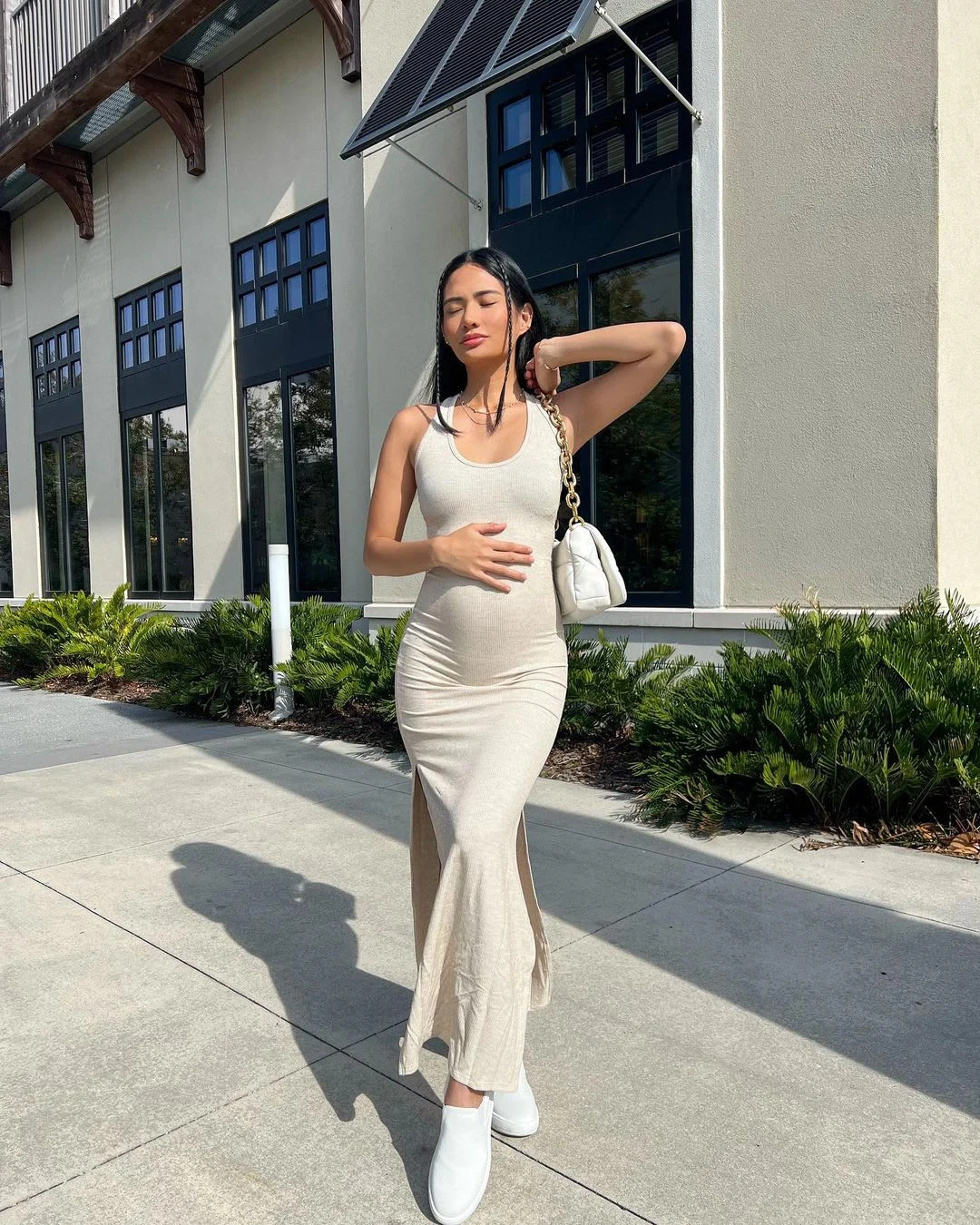As summer approaches, the dangers of sun exposure become all too real. A recent incident involving a young boy’s severe second-degree burns serves as a stark reminder that relying solely on sunscreen isn’t sufficient protection against the sun’s harmful rays.
Three-year-old Ethan Parker from North Carolina spent a long day at the beach, fully slathered in SPF 50 Banana Boat kids spray sunscreen. His mother, Laura Parker, told local news, “We diligently applied the sunscreen multiple times throughout the day, ensuring he was dry before each application.” Despite their efforts, Ethan woke up the next morning with swollen eyes and painful blisters on his face.
Many parents might assume that using a high SPF sunscreen will completely shield their children from sun damage. However, Pediatrician Dr. Sarah Thompson cautions, “Even when following all the recommended guidelines, I cannot guarantee that a child won’t get burned.” Dr. Thompson also emphasizes the importance of using sunscreens that contain zinc oxide or titanium dioxide for sensitive areas, which the Parker family’s sunscreen did not include.
In response to the incident, Edgewell Personal Care, the manufacturer of Banana Boat, reassured consumers that their products are designed for effective UVA and UVB protection when used correctly, along with other sun safety measures.
It’s vital to remember that sunscreen should not be viewed as a license for extended sun exposure. According to the Centers for Disease Control and Prevention, “Sunscreen reduces UV damage, it doesn’t eliminate it.” This means that combining sunscreen with additional protective measures—such as wearing long-sleeved shirts, wide-brimmed hats, sunglasses, and seeking shade—is essential for safeguarding your child’s skin.
Planning outdoor activities outside of peak sun hours, typically before 10 AM or after 4 PM, can also help minimize exposure to the sun’s strongest rays. If you find yourself outdoors during peak times, make sure to apply sunscreen, cover up with clothing, wear protective eyewear, and seek shady spots when possible. Remember, sunscreen is just one part of a comprehensive sun protection strategy.
For more information and tips on preventing sunburn, check out this helpful guide on the CDC’s website. And if you’re interested in exploring family planning options, consider reading about our insights on home insemination methods here. If you’re looking for reliable at-home insemination kits, visit Make A Mom, a reputable online retailer. Additionally, for support on female infertility and pregnancy, this resource at Drugs.com is an excellent option.
In summary, while sunscreen is a crucial component of sun safety, it should never be the only line of defense. Protect your children by adopting a multifaceted approach to sun protection, ensuring their time outdoors remains safe and enjoyable.

Leave a Reply